SUMMARY
This is AI generated summarization, which may have errors. For context, always refer to the full article.
![[OPINION] You’ve got to carry that weight: Celebrating Hidilyn by becoming strong](https://www.rappler.com/tachyon/2021/08/TL-hidilyn-1280.jpg)
There are many lessons to be learned from the example of Hidilyn Diaz, from perseverance to love of country. But there is an obvious lesson Filipinos can learn from a woman who can clean and jerk 124 kg: we should aspire to be physically strong.
I do not mean that we should all become Olympic weightlifters. Strength can mean different things to different people. For a senior citizen who has been inactive for decades, it could mean performing a full Asian squat or getting up from the floor without using one’s hands. For relatively mobile teenagers, it could mean a double bodyweight back squat, a 2.5 bodyweight deadlift, and a 1.5 bodyweight bench press (eminently achievable for our young bucks). For people in their 30s or 40s who have done a lot of cycling and yoga but not much strength work, it could mean a single strict pull-up. Strength is simply our ability to exert force on an external object, and all of us need it in varying degrees.
Unfortunately, the exercise culture of previous decades has de-emphasized strength in favor of other attributes such as flexibility or cardio. This has been especially the case for women, who have routinely been told to just “tone” their bodies (whatever that means), because lifting heavy supposedly makes women look like men. Our own champion has been subject to this kind of nonsense. In a world that glorifies waifs who lift paperweights for hundreds of reps, women with practical strength (those who can move heavy balikbayan boxes like my own strong wife Christine) are looked down upon.
Moreover, it has been common for well-meaning people to scare us away from iron. As children, we are told that weight training can stunt our growth and development, when the opposite is, in fact, true: weight training has multiple benefits for kids.
Other people tell us that lifting heavy weights is dangerous. But lifting heavy weights is not dangerous; lifting heavy weights with poor form is. In fact, powerlifting and Olympic weightlifting have lower injury rates than basketball or football/soccer. Most Filipino parents allow and even encourage their kids to play basketball, so why should they not encourage their kids to lift weights under supervision?
Being able to lift heavy objects in a controlled environment enables us to lift heavy weights in real life. This means people who deadlift or swing heavy kettlebells rarely throw their backs when moving sofas. As sports scientist Dr. Bret Contreras notes, “If you think lifting weights is dangerous, try being weak. Being weak is dangerous.”
Thankfully, the benefits of strength have gotten clearer in recent years. Researchers have found that gaining strength keeps us young by preserving our muscle and bone mass, it improves cardiovascular health and reduces the risk of heart attacks and stroke, it allows our bodies to process sugar better thereby protecting us from diabetes, and it is a time-efficient way to lose weight.
Hidilyn’s example, however, teaches us more about strength. Our champion’s strength is not just evidence of her health, it is also evidence of her humility. Anybody who has chased PRs (personal records) in any strength sport knows that iron is humbling. If you have not put in the work, the barbell will not move, and there is no one to complain to but yourself. Strength athletes also know that we cannot become strong on our own. Note, for instance, how, despite weightlifting being ostensibly an individual sport, Hidilyn has always emphasized the role of #TeamHD in her success.
We too can learn humility from iron. In my hubris, I once thought I could learn to lift by watching Youtube videos, but it was not until I found the right teacher that I made progress. Without a teacher, it is very difficult to assess one’s flaws in form and programming.
Hidilyn’s strength is also evidence of her patience. Becoming strong is a tedious process, and it can be boring. The Olympic lifter focuses on two primary lifts: the snatch and the clean and jerk. Meanwhile the powerlifter focuses on three: the squat, the deadlift, and the bench press. In my own world of hardstyle kettlebell training, we often use minimalist programs that require trainees to perform the same two lifts every day.
Strength is a craft, and mastering a craft entails practice. People who do dozens of different exercises in the gym for variety rarely become strong because they lack the focus and deliberate practice necessary to master a skill. Gaining strength for the average person need not be hard, but it requires the patience to keep doing the same few things over and over again.
But for me the most important thing we can learn from strength is generosity. As Pavel Tsatsouline, the father of modern kettlebell training, notes, “strength has a greater purpose.” It is a great motto for a strength coach and one that would have surely appealed to our strong national hero, Jose Rizal.
For me, the greater purpose of the strength I aspire for is clear. I want to carry the maletas of the senior citizens I travel with, I want to help friends move houses, I want to be able to defend the people I love. For parents, it could be to continue playing with their kids and grandkids as they age. For national athletes like Hidilyn Diaz, it could be boosting the hopes of a country in despair after an interminable SONA.
As we celebrate our first Olympic gold medalist, let us celebrate all other Filipinos who have aspired to be strong for others. – Rappler.com
Lisandro Claudio (Leloy) is Assistant Professor at the Department of South and Southeast Asian Studies, University of California, Berkeley. He is a certified coach with Original Strength and is training to become a certified hardstyle kettlebell instructor.
Voices features opinions from readers of all backgrounds, persuasions, and ages; analyses from advocacy leaders and subject matter experts; and reflections and editorials from Rappler staff.
You may submit pieces for review to opinion@rappler.com.
Add a comment
How does this make you feel?
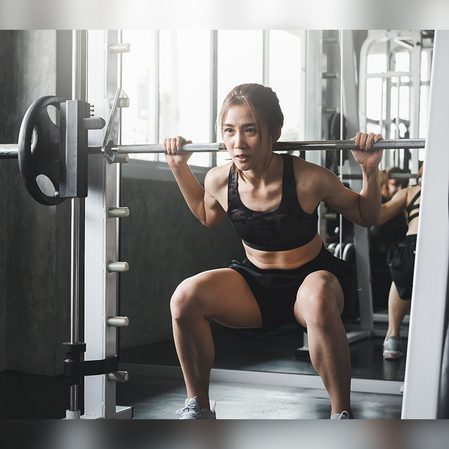
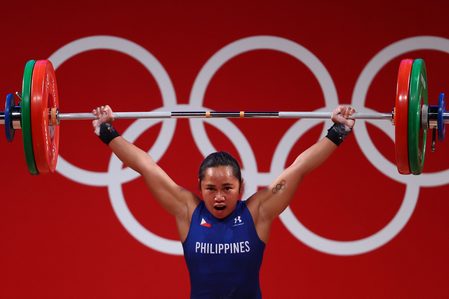


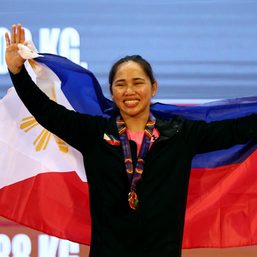
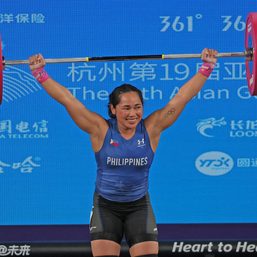
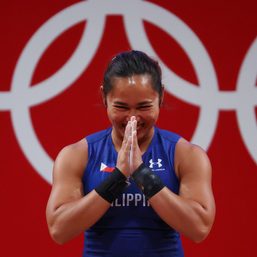
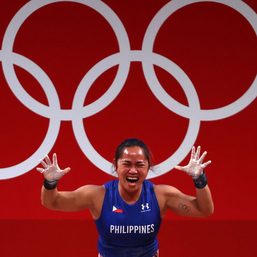


![[OPINION] LGBT, mental health, and why Pride March is there](https://www.rappler.com/tachyon/2024/06/lgbt-mental-health-june-11-2024.jpg?resize=257%2C257&crop_strategy=attention)
![[Free to disagree] Ending victimhood](https://www.rappler.com/tachyon/2024/05/TL-Ending-victimhood-May-20-2024.jpg?resize=257%2C257&crop_strategy=attention)



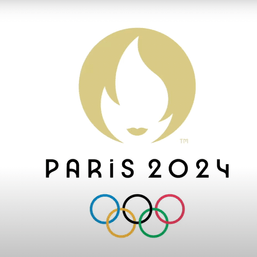
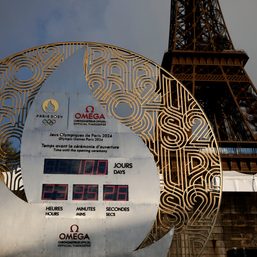

![[FIRST PERSON] Embracing grief](https://www.rappler.com/tachyon/2023/10/IMG-067e8c4bf4fb0b4d6875e7b4ca7635e3-V.jpg?resize=257%2C257&crop=19px%2C0px%2C1195px%2C1195px)
![[Science Solitaire] What is an open mind?](https://www.rappler.com/tachyon/2023/09/what-is-an-open-mind-september-23-2023.jpg?resize=257%2C257&crop=174px%2C0px%2C1080px%2C1080px)

![[Science Solitaire] How is your forgettery?](https://www.rappler.com/tachyon/2023/08/forgettery-August-5-2023.jpg?resize=257%2C257&crop=292px%2C0px%2C720px%2C720px)
![[Science Solitaire] The very surprising thing about what makes you choose good or bad](https://www.rappler.com/tachyon/2023/04/Science-Solitaire-choose-good-bad-April-29-2023.jpg?resize=257%2C257&crop=361px%2C0px%2C720px%2C720px)
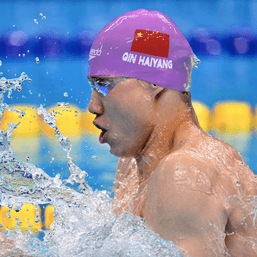
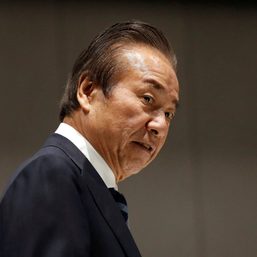
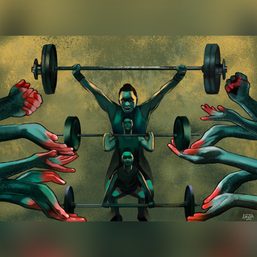

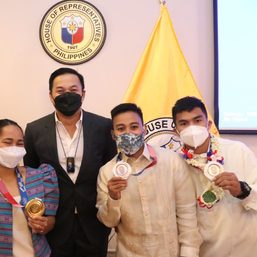
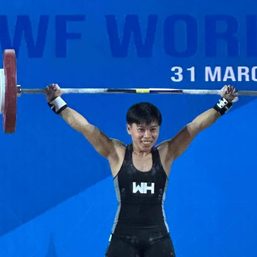
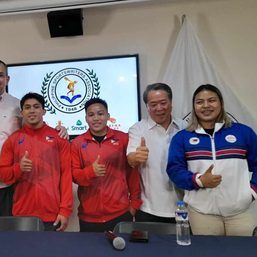
There are no comments yet. Add your comment to start the conversation.